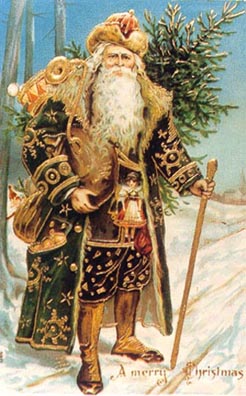Note: This is a version of my personal newsletter, which I send out via Ghost, the open-source publishing platform. You can see other issues and sign up here.
On a dark and stormy night in May this year, exactly 125 years to the day that Bram Stoker published the definitive vampire novel, two people pored over a document more than 500 years old in a room in Transylvania, signed by Dracula himself. Gleb and Svetlana Zilberstein’s mission? To extract genetic material from the letters written by Vlad Dracula, the historical inspiration for Stoker’s vampiric count, left there by his sweat, fingerprints and saliva. And from that, the pair – who have been dubbed “protein detectives” – can build up a picture of not only the physical makeup of the Wallachian warlord, who became known as Vlad the Impaler for his practice of displaying his enemies on stakes, but also the environmental conditions in which he lived.
Space debris expert: Orbits will be lost, and people will die, later this decade
Until about a decade ago, an average of 80 to 100 satellites per year were launched into varying orbits. Some reentered Earth’s atmosphere quickly, while others will remain in orbit for decades. This now seems quaint. In the last five years, driven largely by the rise of communications networks such as SpaceX’s Starlink and a proliferation of small satellites, the number of objects launched into space has increased dramatically. In 2017, according to the United Nations Office for Outer Space Affairs, the annual number exceeded 300. By 2020, the annual number of objects launched exceeded 1,000 for the first time, and this year, the total number of satellites launched has already surpassed 2,000.
Continue reading “A 550-year-old clue to the life of Vlad the Impaler”







